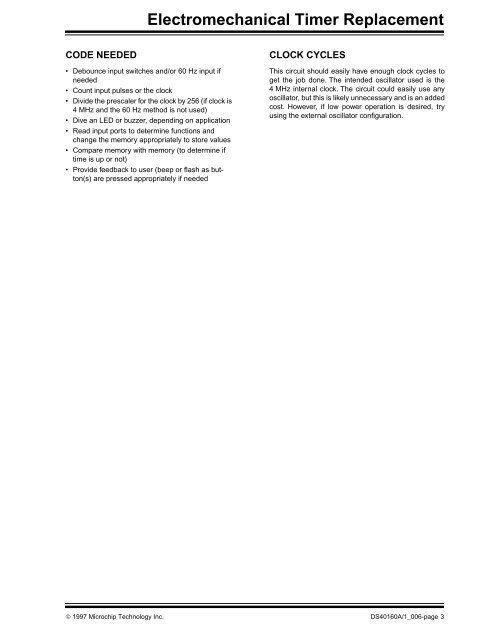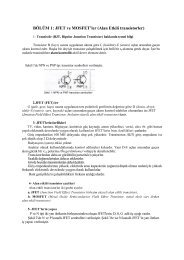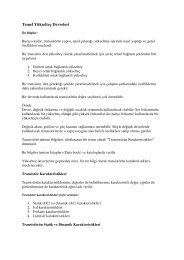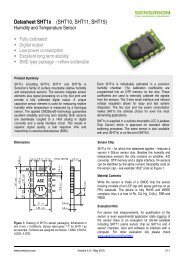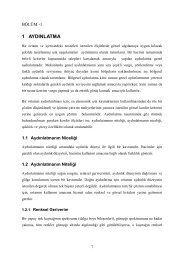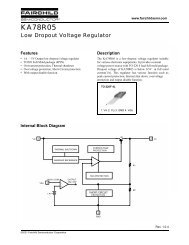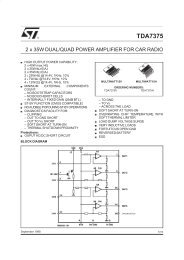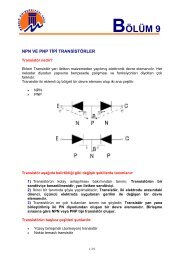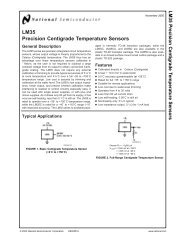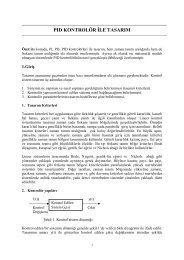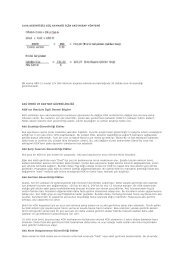Electromechanical Timer Replacement - 320Volt
Electromechanical Timer Replacement - 320Volt
Electromechanical Timer Replacement - 320Volt
- No tags were found...
You also want an ePaper? Increase the reach of your titles
YUMPU automatically turns print PDFs into web optimized ePapers that Google loves.
<strong>Electromechanical</strong> <strong>Timer</strong> <strong>Replacement</strong>CODE NEEDED• Debounce input switches and/or 60 Hz input ifneeded• Count input pulses or the clock• Divide the prescaler for the clock by 256 (if clock is4 MHz and the 60 Hz method is not used)• Dive an LED or buzzer, depending on application• Read input ports to determine functions andchange the memory appropriately to store values• Compare memory with memory (to determine iftime is up or not)• Provide feedback to user (beep or flash as button(s)are pressed appropriately if neededCLOCK CYCLESThis circuit should easily have enough clock cycles toget the job done. The intended oscillator used is the4 MHz internal clock. The circuit could easily use anyoscillator, but this is likely unnecessary and is an addedcost. However, if low power operation is desired, tryusing the external oscillator configuration.© 1997 Microchip Technology Inc. DS40160A/1_006-page 3


